Japan Studies Flora and Fauna Near Fukushima Plant

Japanese scientists are studying how radiation has affected plants, animals, shellfish and other wild flora and fauna living in and around the 20 kilometre (12 mile) no-go zone surrounding the crippled Fukushima nuclear plant.
Japan’s Nuclear Alley Conflicted Over Reactors
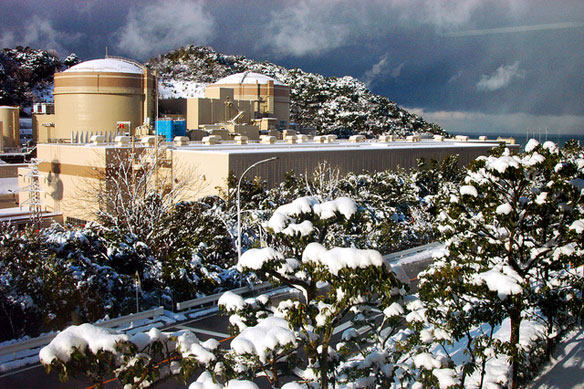
International inspectors are visiting a rugged Japanese bay region so thick with reactors it is dubbed “Nuclear Alley,” where residents remain deeply conflicted as Japan moves to restart plants idled after the Fukushima disaster.
Fukushima’s Impact on the Ocean and Marine Sediments

The release of radioactivity from Fukushima, both as atmospheric fallout and direct discharges to the ocean, represent the largest accidental release of radiation to the ocean in history, and concerns remain high as radiation accumulates in marine sediments.
As Fukushima Cleanup Begins, Long-Term Impacts are Weighed

The Japanese government is launching a large-scale cleanup of the fields, forests, and villages contaminated by the Fukushima nuclear disaster. But some experts caution that an overly aggressive remediation program could create a host of other environmental problems.
Japan Fukushima Plant Clean Up May Take 40 Years
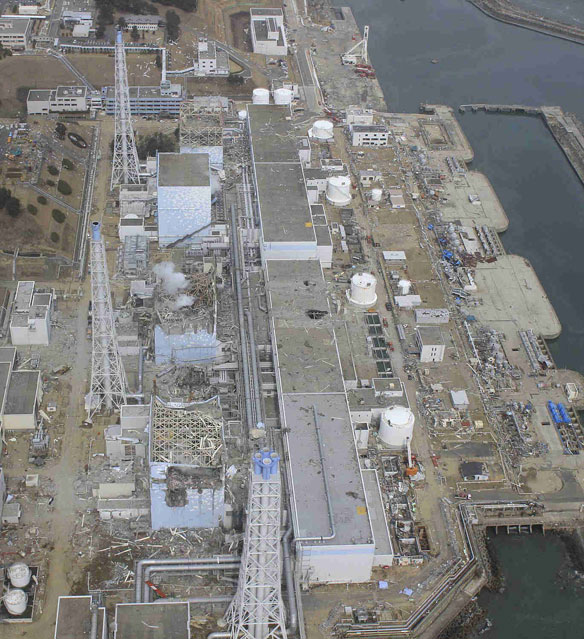
Japan’s government said that it could take 40 years to clean up and fully decommission a nuclear plant that went into meltdown after it was struck by a huge tsunami.
Flotsam from Japanese tsunami reaches West Coast
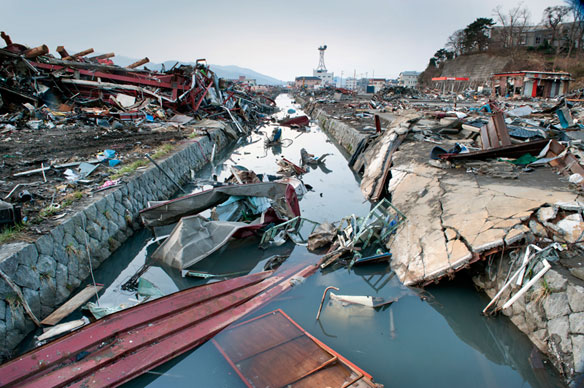
Some debris from the March tsunami in Japan has reached the West Coast.
Japan minister questions radioactive water dump
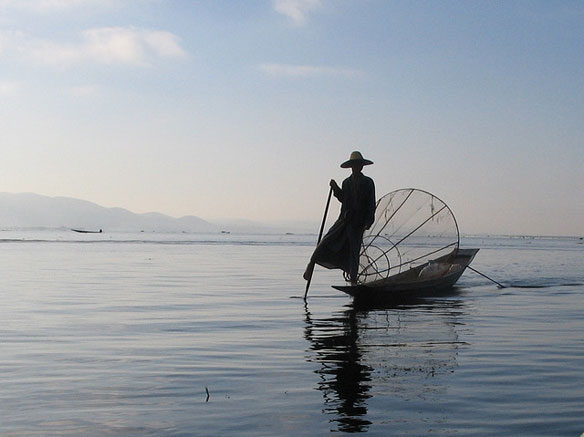
Japan’s industry minister Tuesday rejected a plan by the operator of the crippled Fukushima nuclear plant to release low-level radioactive water into the sea without approval by local fishermen…
Incompetent Decontamination Effort Risking Health of Fukushima Residents
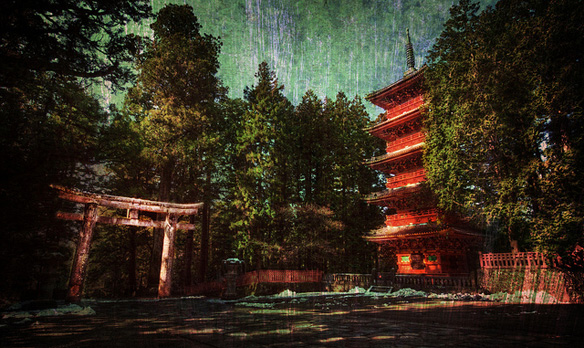
Fukushima’s residents are being left to their fate and not enough is being done to protect them against radiation nine months after Japan’s tsunami, environment group Greenpeace said Wednesday.
NASA Finds Merging Tsunami, Doubled Japan Destruction
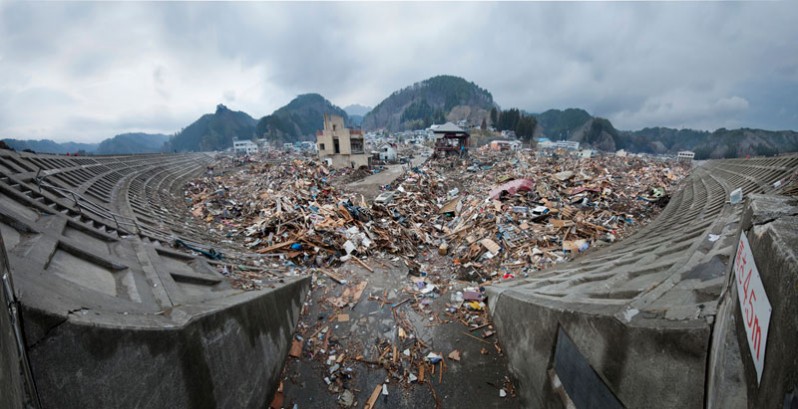
The discovery helps explain how tsunamis can cross ocean basins to cause massive destruction at some locations, while leaving others unscathed, and raises hope that scientists may be able to improve tsunami forecasts leading to more accurate coastal tsunami hazard maps to protect communities and critical infrastructure.
